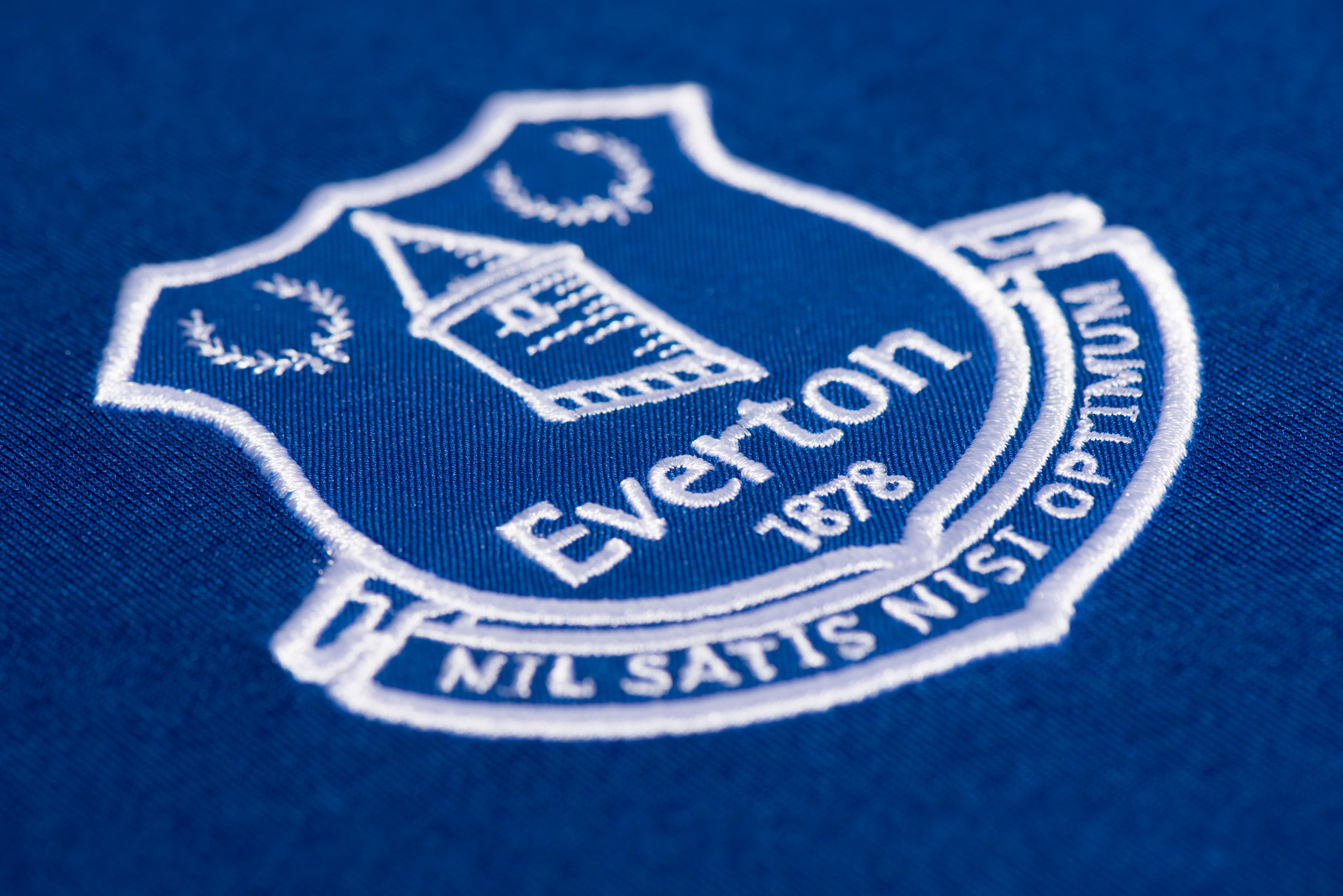What are the Premier League’s Profit and Sustainability Rules?
PSR is influencing the transfer market. But what’s actually in the rule book?

Transfer windows are an opportunity for Premier League managers and sporting directors to bolster their playing staff to help teams over the line in their various aims for the season.
Everton and Nottingham Forest know that the spending power of clubs is limited no matter how wealthy their owners might be.
The Premier League’s Profit and Sustainability Rules (PSR) have a huge impact on how much clubs can invest in the transfer market, how they can free up funds by selling players, and when they need to make their signings in order to stay compliant.
How much money can Premier League clubs lose under PSR?

The subsequent accounting might be complicated but the main Profit and Sustainability Rules themselves are quite simple. In every three-season period, Premier League clubs can sustain £15m of losses before tax (£5m per season on average) before they’re in breach of PSR.
Wealthy owners can swallow some losses beyond £15m of their club’s money. ‘Secure funding’ rules allow owners to guarantee losses of up to £90m over the three seasons (£30m per season on average) by buying up shares. In total, a maximum £105m in losses over three years can be compliant. They just need to be the right kind of losses.

How can Premier League clubs spend so much on players?
The outgoings covered by PSR include transfer fees, player wages, and paying up the contracts of managers, staff and players whose deals have been terminated. They’re offset by the revenue gained from match tickets, TV rights deals and, crucially, selling players.
Transfers in and out are the most significant figures in the profit and sustainability balance sheet and where we find the accounting method that enables massive transfer fees in a framework that limits losses to £35m per year.
Get FourFourTwo Newsletter
The best features, fun and footballing quizzes, straight to your inbox every week.
Chelsea’s post-takeover spending spree made amortisation famous but it’s a very common way to spread the total cost of an asset across the accounting years of its lifetime.
Players are assets in this context and the transfer fee – even if it’s paid up front – can be amortised over the length of a player’s contract.
At the most extreme end of Premier League spending, if a club signs a player for £100m on a five-year contract, the player is deemed to have an asset value of £100m at the start of the contract and zero when it expires.
For PSR purposes, the player’s transfer fee will be represented as a loss of £20m in each of the five years – the loss is spread over time.
An enhanced incentive to sell

PSR also means clubs need to sell to balance the books, not least when they want to buy again. With transfer revenue counting against a club’s losses, finding a willing buyer for a valuable player is a great way to make sure they’re complying with the regulations.
Amortisation is key here, too. An increasing number of clubs have been reported to have sold players reluctantly or by necessity in the PSR environment before replacing them at sizeable expense. Amortisation explains why.
While a Premier League club can amortise the value of a new signing over the length of his contract and therefore limit the short-term loss associated with the inward transfer, the revenue from a sale is accounted for immediately in the books.
Homegrown players have become especially valuable because of PSR. They’ve always represented profit in terms of transfer fees because they’re bought for nothing and can be sold for a fortune.
Under the auspices of PSR, that profit is gold-dust. Clubs can be tempted to sell against their will – and against their better judgement, sometimes – to get a little of that to sprinkle over their accounts and knock down their three-year losses.
This is one of the aspects of PSR that clubs and supporters find problematic in logical terms but it is, essentially, standard accounting.
Chris is a freelance writer and the author of the High Protein Beef Paste football newsletter. He's based in Warwickshire and is the Head of Media for Coventry Sphinx.

